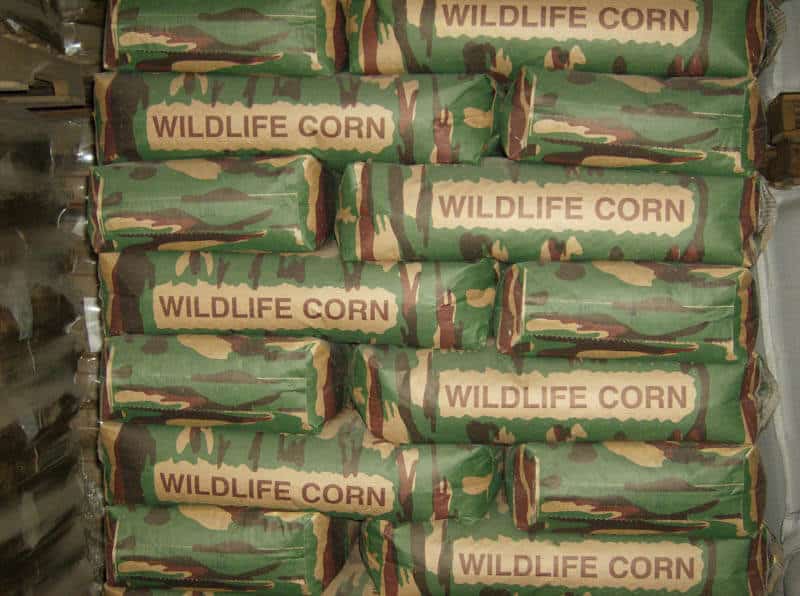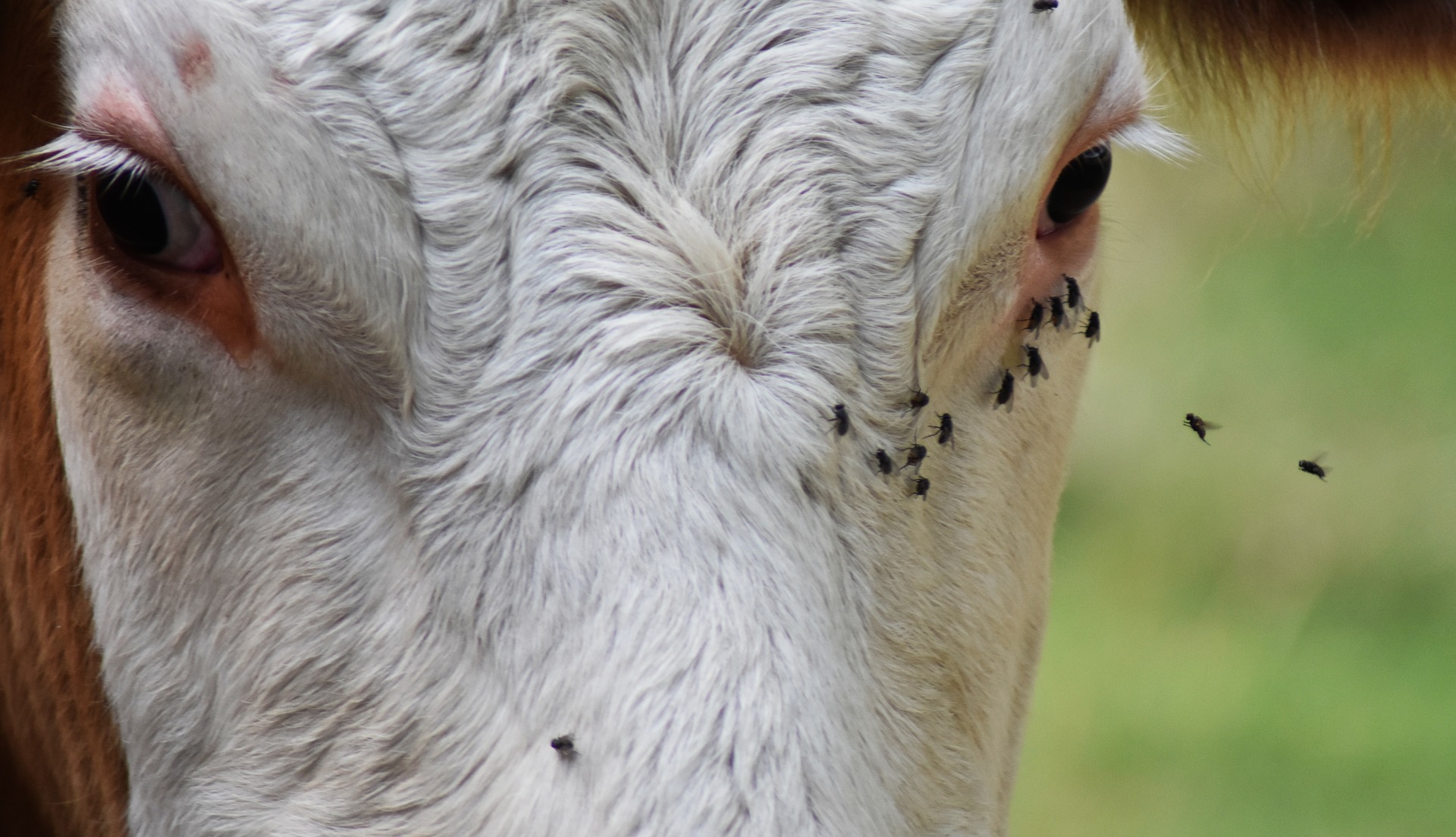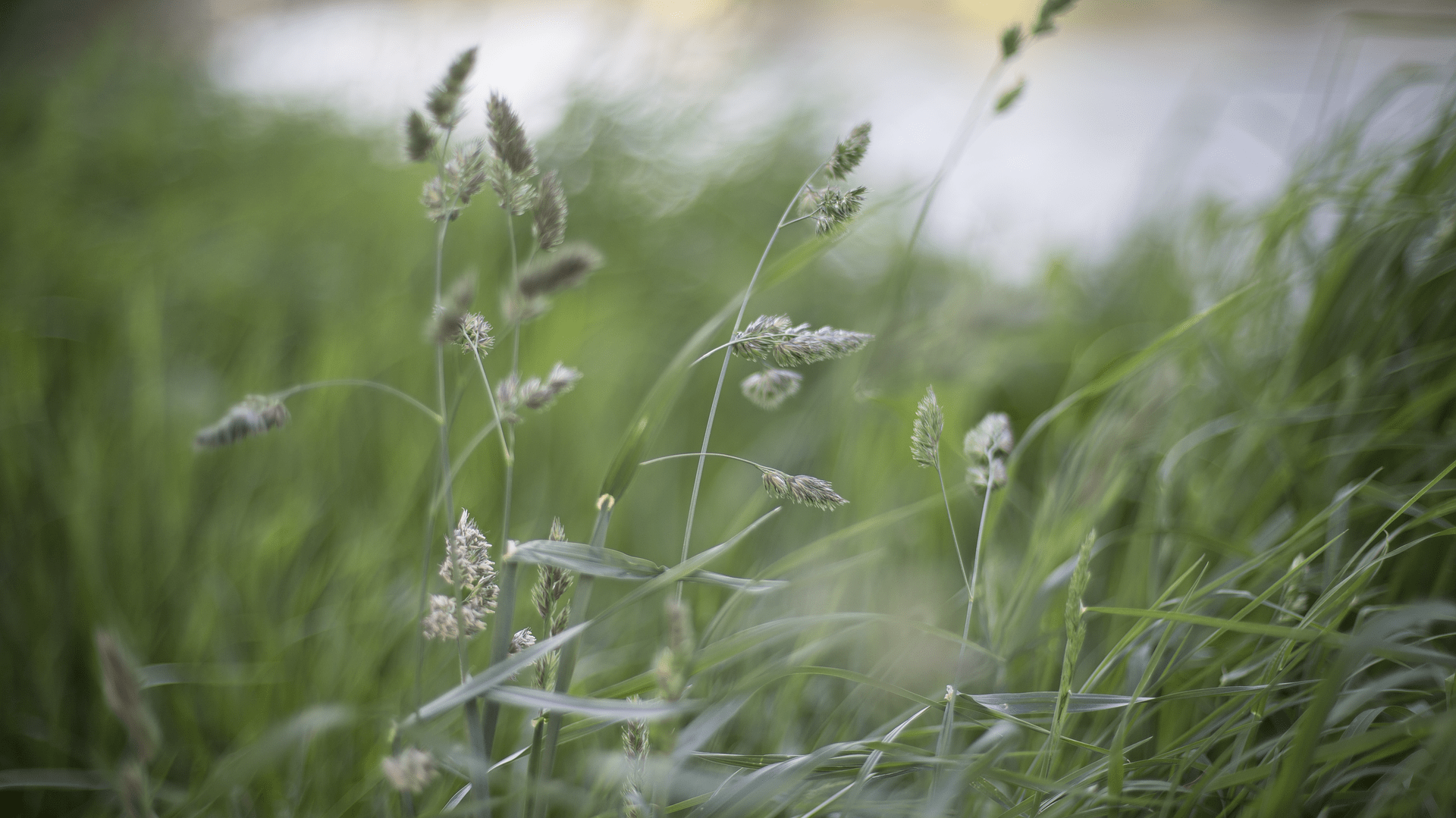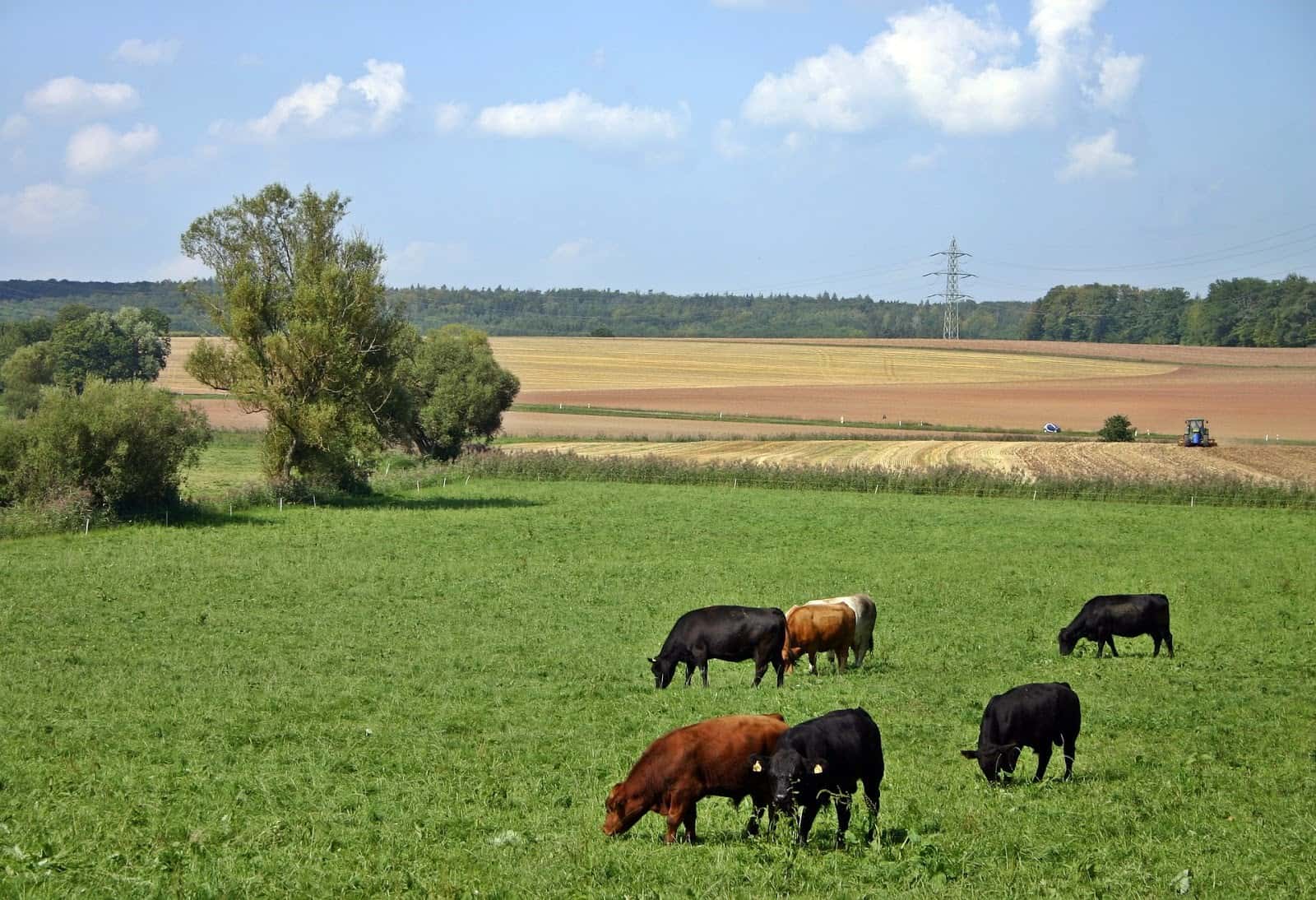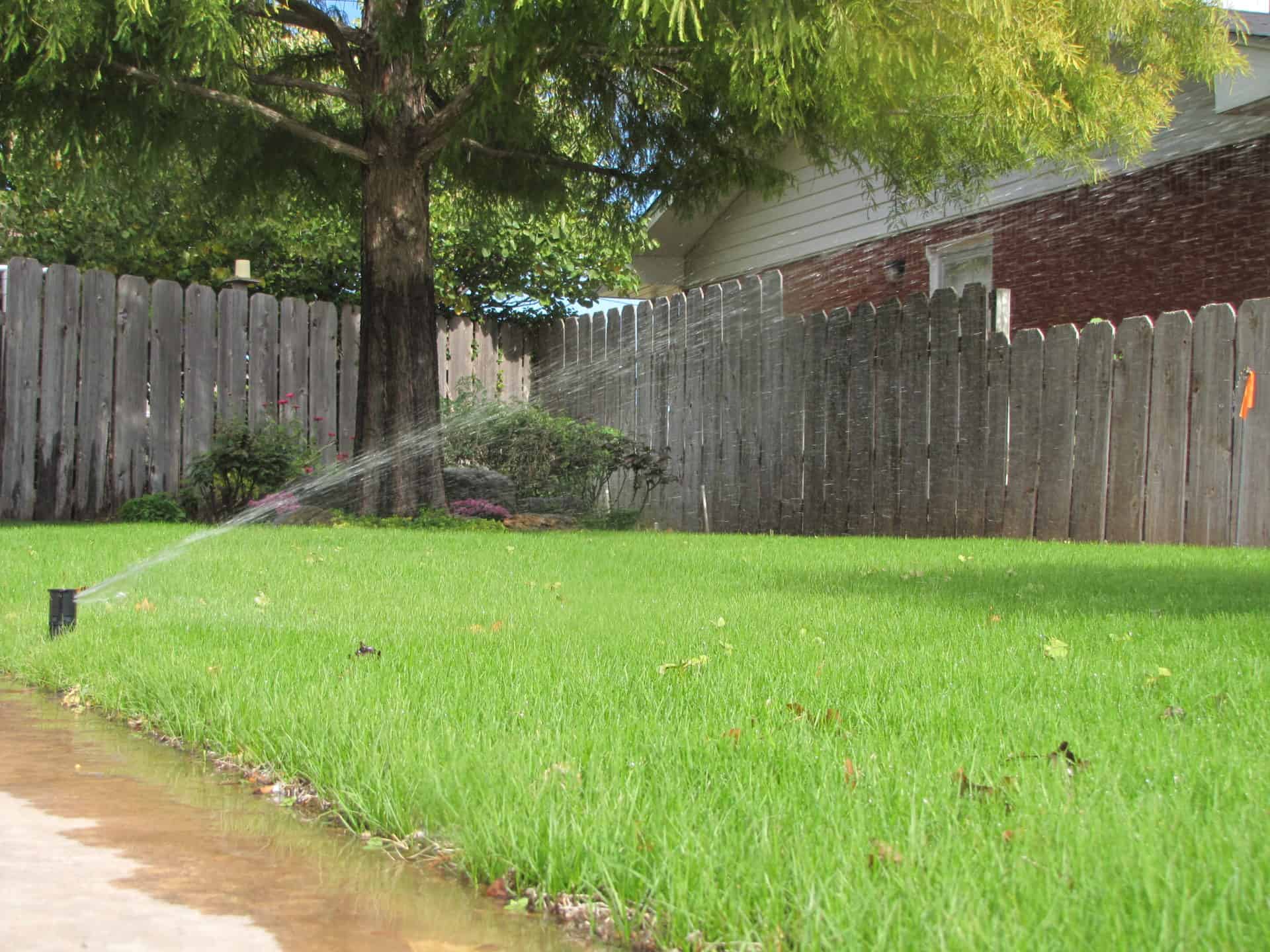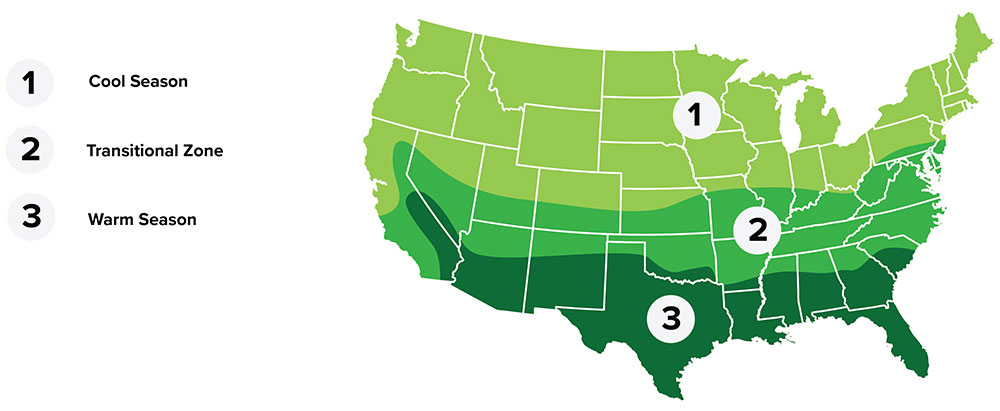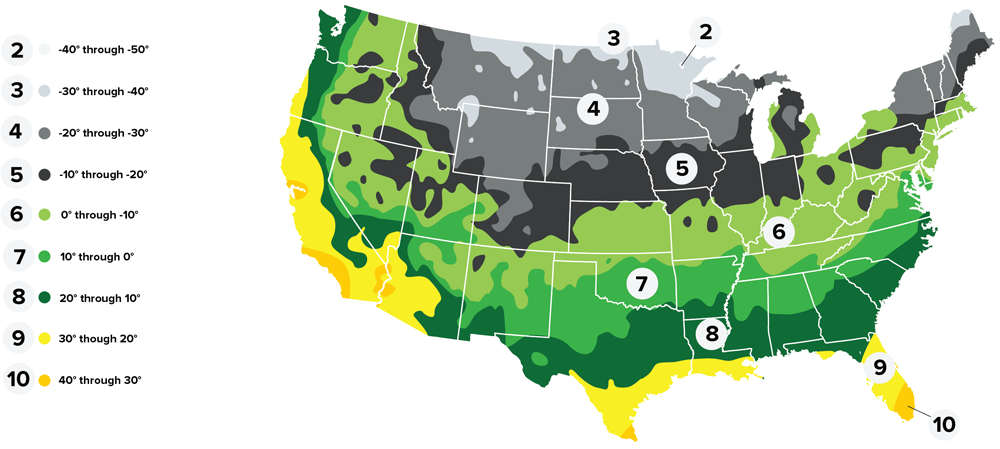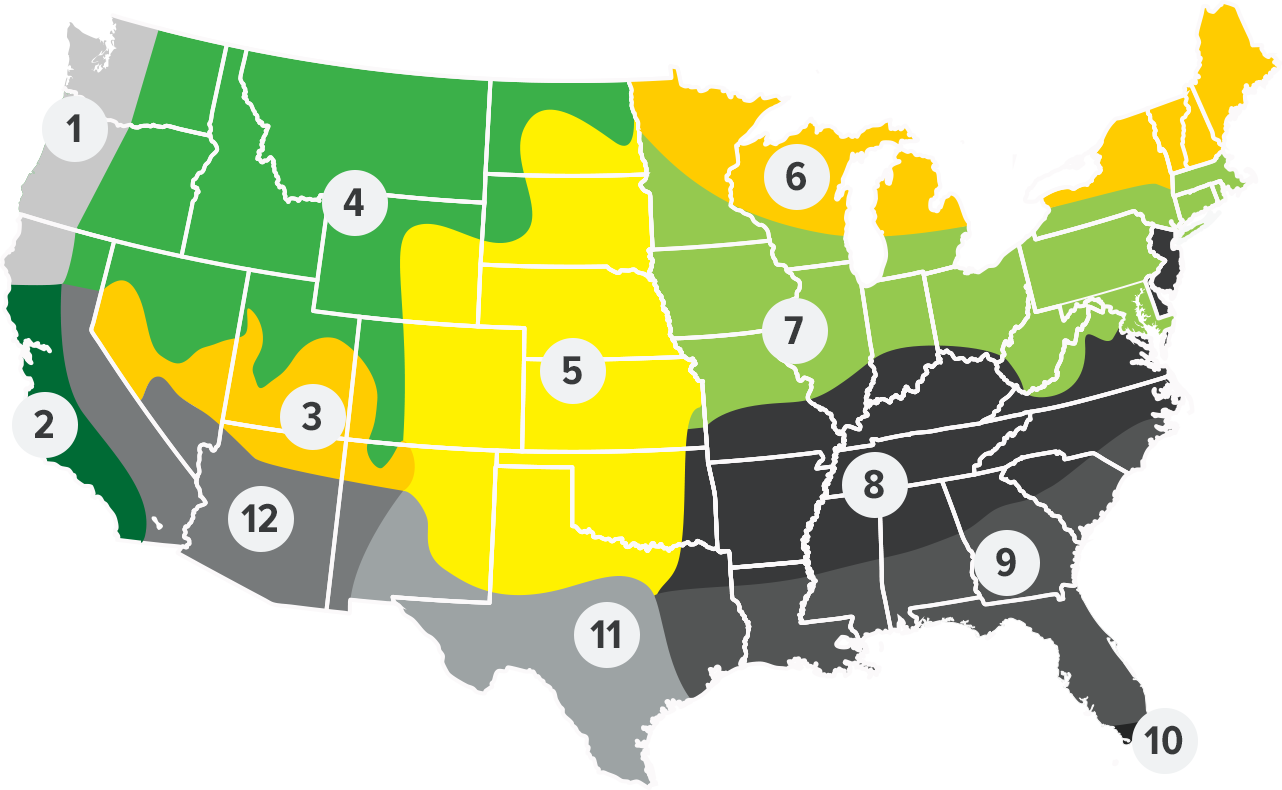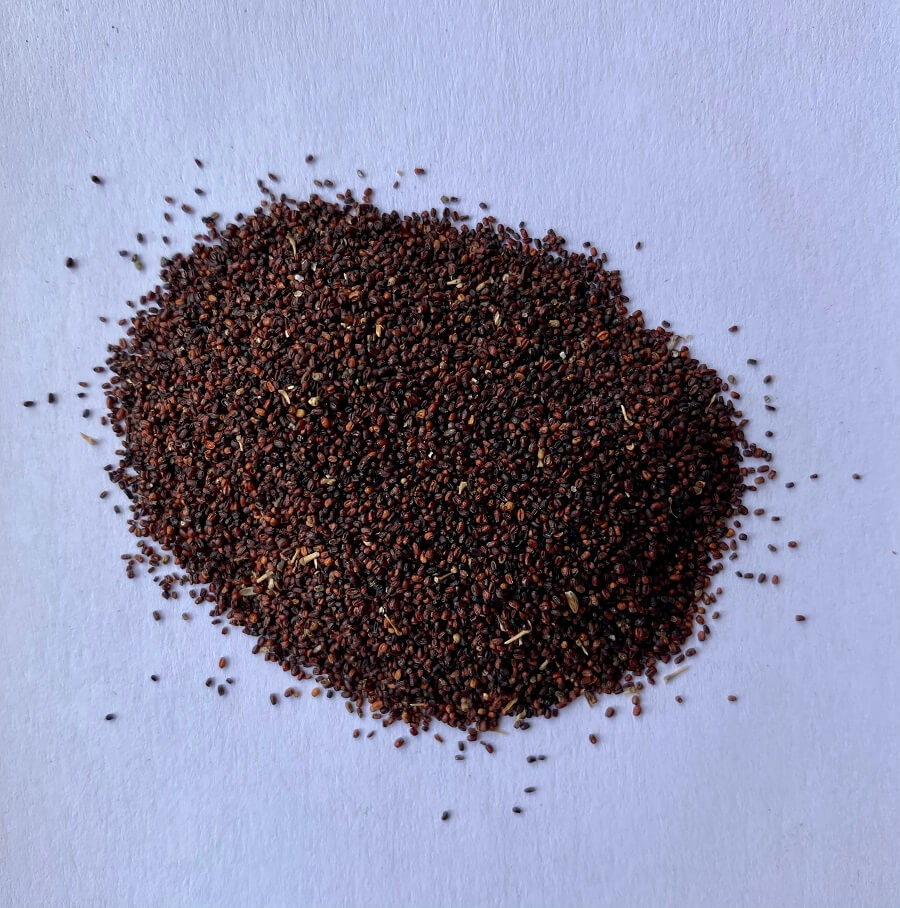
BEND SAND LOVEGRASS
Summary
Sand lovegrass is a native, warm-season, short-lived, leafy, perennial bunchgrass which reaches mature heights from 2.5 to 4 feet with a shallow, wide spreading root system. Sand Lovegrass grows best on sandy soils with an annual precipitation of 18 to 36 inches. Sand Lovegrass typically greens up two weeks earlier than most of the other native grasses and is very palatable. When overgrazed, it will decrease relative to other grasses. Seeding rates are very low due to extremely small dark round seed it produces. Sand Lovegrass is commonly found as a component in native areas along with hairy grama, western wheatgrass, and sand dropseed.
Plant Characteristics
Taxonomy
Zone
- Regional Growing Zone
- 5 - Midwest, 6 - Northeast Lakes, 7 - Great Lakes South, 8 - Appalacia, 11 - South Texas
- USDA Plant Hardiness Zones
- 2, 3, 4, 5, 6, 7, 8, 9
- Temperature Zone
- Warm, Cool, Transitional
Plant Characteristics
- Height
- 32" - 48"
- Bloom Period
- Summer
- Bloom Color
- Yellow
- Leaf Color
- Green
- Growing Cycle
- Perennial
- Sun Requirement
- Full Sun
Plant Information
- Planting Season
- Spring - Fall
- Plant Depth
- 0" - 0.0625"
- Minimum Soil Temp for Germination
- 50° F
- Establishment
- Moderate
Seed Information
- Seeds Per Pound
- 3,800,000
- Kingdom
- PLANTAE
- Subkingdom
- TRACHEOBIONTA
- Super Division
- SPERMATOPHYTA
- Division
- MAGNOLIOPHYTA
- Class
- LILIOPSIDA
- Subclass
- COMMELINIDAE
- Order
- CYPERALES
- Family
- POACEAE
- Genus
- ERAGROSTIS
- Species
- ERAGROSTIS TRICHAODES
Coverage Area & Available Sizes
Applications
The adaptation to sandy soils makes Sand Lovegrass an excellent vegetation for the prevention of soil loss on areas highly prone to wind erosion.
Sand lovegrass is a highly palatable forage that is preferred by grazing livestock. It is sometimes referred to as “ice cream grass” because of its palatability. Early spring growth gives it an advantage over other warm-season grasses. The plants remain green well into the fall and provide fair forage value even late in the fall.
Sand lovegrass makes a unique accent plant as well as very appealing in mass plantings. The fine leaves and the large branched panicle with florets at the end of the branches are very attractive in the landscape









